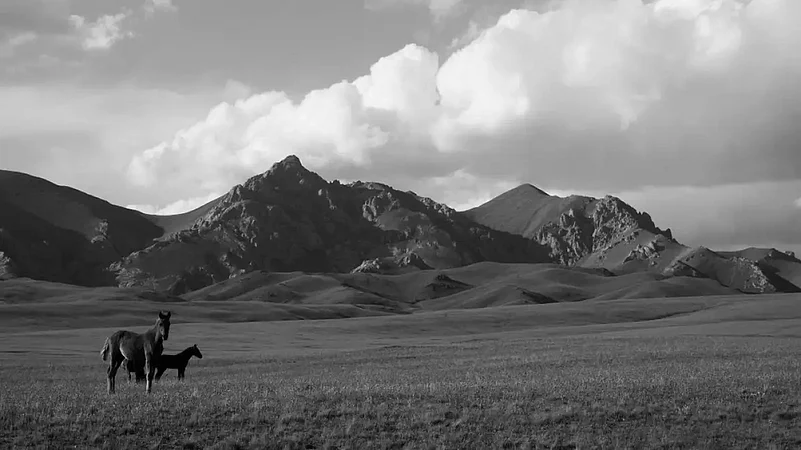The Stone Tower
Riaz Dean
Penguin Random House
Ever since the Silk Route was discovered, it brought to light stories of its hard-fought trade and the travails of those who battled brigands and the extremes of the Taklamakan Desert. The Han Chinese controlled or tried to control whatever went up and down the route, a struggle that began with the building of The Great Wall and tussles with the Xiongnu, a far smaller army than the Chinese but had the advantage of knowing the terrain that was selected as their battleground. To counteract this, the Emperor tried to sign treaties with other tribes, including the Sogdians who were rebellious and resistant – one of their beauties famously caught the eye of Alexander the Great and married him.
The author Dean traces the movements up and down the Silk Route, and stories that grew along the way. In particular, he views the life of a fictional nomad called Kang who became a horse handler in Ferghana. The most interesting story is Heavenly Horses, called so by the Chinese because apparently, they sweated blood. The Chinese had no horses because of unfavourable soil and crops for their breeding. As a result, the Chinese Emperor wrested a herd of horses from Ferghana as a peace offering. They did not live long enough to establish a breed, but influenced the Chinese art of the era and made their mark in the famed terracotta army.
Among all the stories, Dean is most intrigued by the location of the Stone Tower. It was somewhere at the Silk Route’s mid-point that was a halting spot for every caravan. According to texts, the tower was located on ‘The Roof of the World’, which might have readers place it somewhere in Tibet. However, Tibet has little to do with the Silk Route and its commerce.
Dean feels that the Xiongnu knew the Stone Tower’s location, which is why they were able to hold out for so long against the superior Han Chinese. So much so that the Emperor was forced to make treaties with neighbouring tribes in an attempt to establish superiority. There were exchanges of hostages, treachery, executions and bloodshed. The jealously guarded art of making silk was betrayed by a princess married to a tribal ruler, who smuggled 10,000 silk moth eggs across the border, nestled in her hair. Meanwhile, hostages and migrants took the art of papermaking to Samarkand. Political alliances were commerce-based since both silk and paper were coveted by the newly discovered western world and Roman matrons flaunted their figures in flimsy silk drapery. Hungarian archaeologist Aurel Stein discovered and removed a hidden library from caves in a temple. But despite their best efforts, they were unable to locate the elusive tower.
The book falls in two sections, with the second section attempting to explore Ptolemy’s data to locate the Stone Tower. Dean’s incredibly detailed research may seem a little too deep for casual history lovers, especially the calculations of Eratosthenes versus Ptolemy that saw random assigning of latitudes and longitudes. It threw geographers and explorers off the track, while facilitating the creation of some rather beautiful maps beginning with one for the Byzantine Emperor. Dean has his own theories about the Stone Tower and argues them out at the end of the book. However, more than the Stone Tower, this is a book about stories that travelled up and down the Silk Route, which is what readers will appreciate most.


























